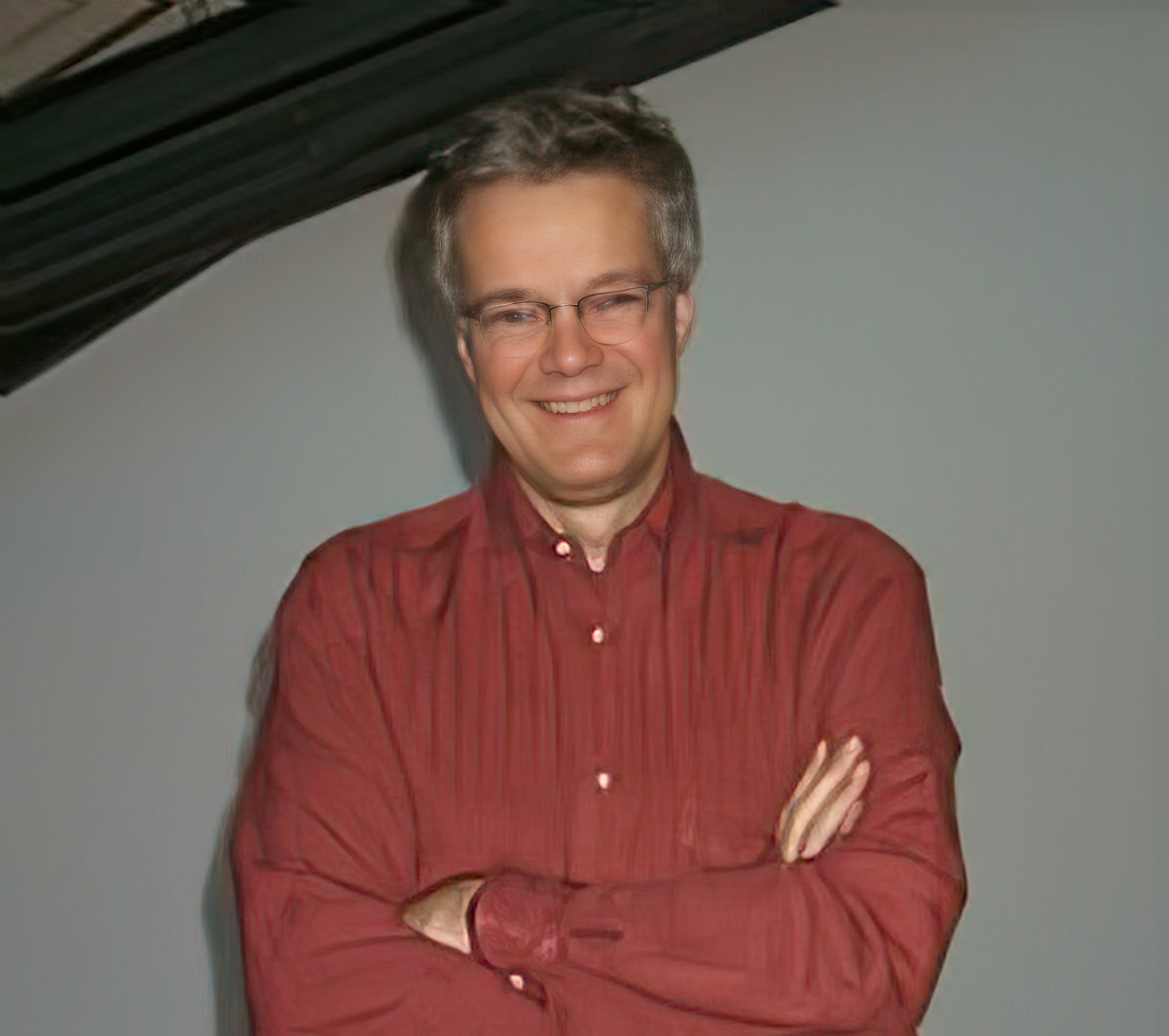“Behind the Scenes at Pixar” by Cook
Conference:
Type(s):
Title:
- Behind the Scenes at Pixar
Presenter(s)/Author(s):
Abstract:
This talk takes you behind the scenes at Pixar Animation Studios for a look at how its 3D computer graphics films are made.
The process starts with development of the story and continues with modelling the geometry, animating the characters, simulating things like water and cloth and hair, defining the look of the surfaces, putting lights in the scene, and rendering the images. Making a computer animated film requires close collaboration between artists and technical experts in many areas of expertise and is a great example of the value of bringing different disciplines together.
Rob Cook was the co-architect and primary author of Pixar’s RenderMan software, which creates photo-realistic computer images. In 2001, he received an Oscar for his contributions, the first ever given for software. In the last 10 years, all but one film nominated for a Visual Effects Academy Award has used RenderMan.
He has a Bachelor of Science degree in physics from Duke University and a Master of Science degree in Computer Graphics from Cornell University. At Cornell, he worked on simulating realistic surfaces, taking computer-generated images beyond the distinctive plastic look they had at the time. In 1981, he joined Lucasfilm/Pixar, where he developed the first programmable shader; programmable shading is now an essential part of GPUs and game engines as well as high-end renderers.
He was the first to use Monte Carlo techniques in computer graphics, which was essential for simulation of complex, realistic lights and camera effects. His camera techniques were especially important in the visual effects industry, because they allowed computer-generated imagery to match the motion blur and depth of field of live-action footage when the two were combined.
In 1987, he received the ACM SIGGRAPH Achievement Award in recognition of these contributions.





